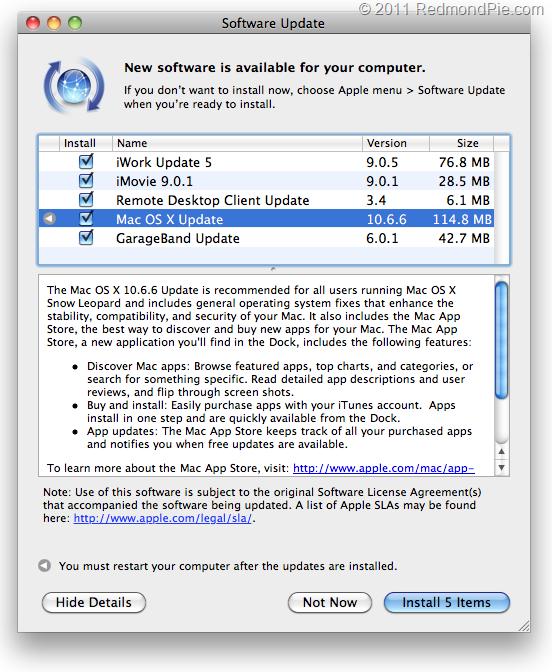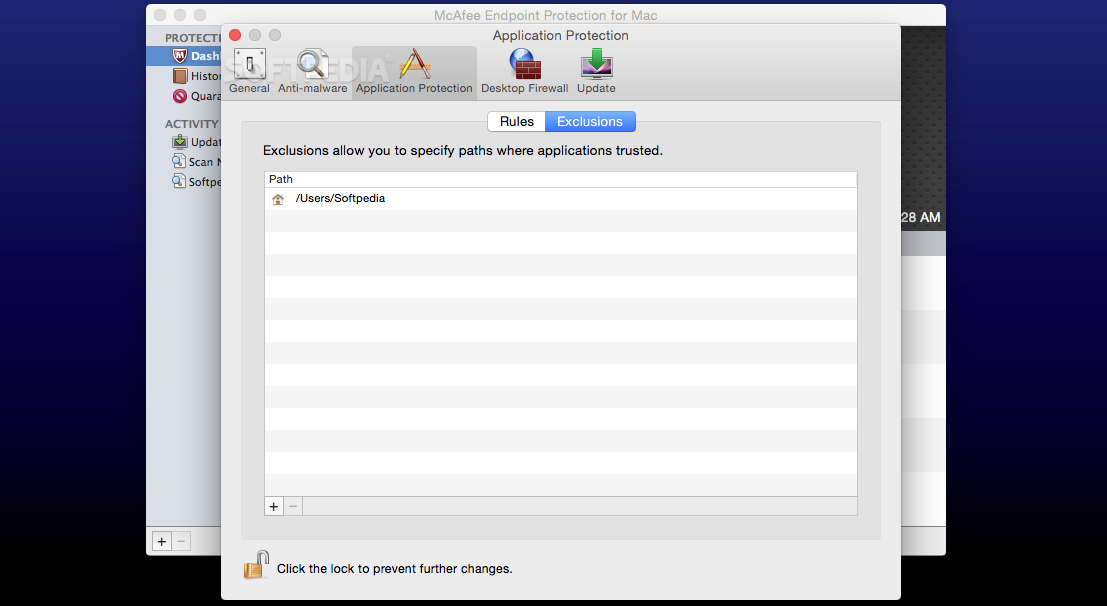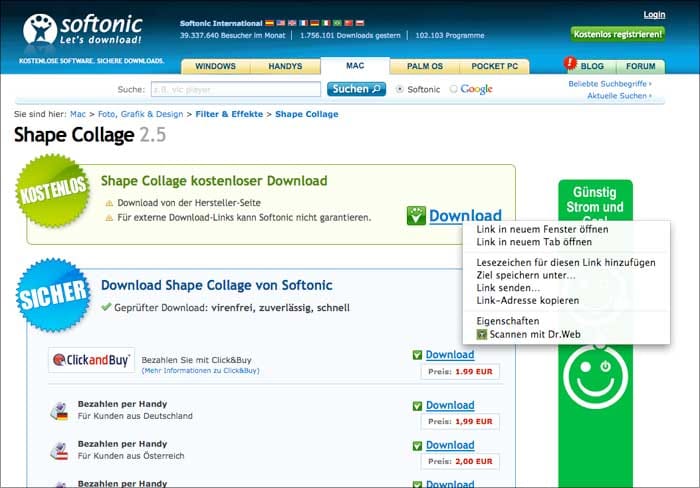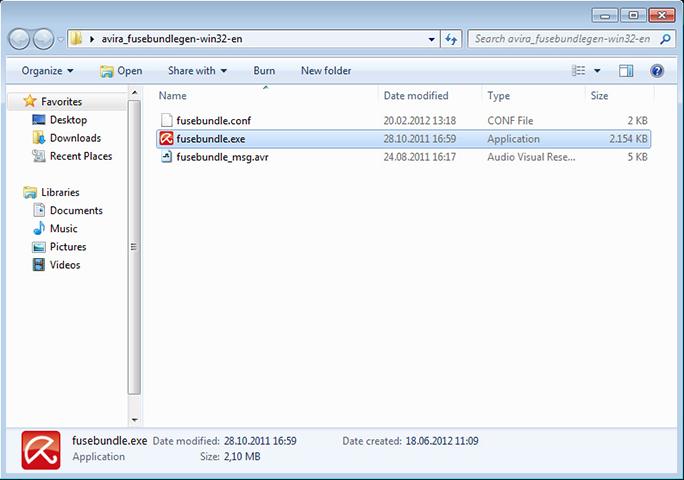

Apple’s SolutionĪpple has kept the iPhone/iPad ecosystem virus free by totally controlling the software market. It’s a very competitive field with dozens of players.
AVIRA FOR MAC 10.6.8 PC
On the PC side, antivirus software is a big deal, and in 2011 Avast and McAfee have both increased their share of that market, while Avira and Eset have lost share. After all, until a month ago, there was essentially no Mac malware in the wild. ( Security Industry Market Share Analysis, September 2011)Īs Mac users, we may not be aware of antivirus developments in the world of Windows. Leading competitors are Symantec, AVG, Avast, McAfee, Avira, and Eset. Since releasing Microsoft Security Essentials in 2009, is has become the #1 antivirus program in North America and #2 worldwide.


Curiously, that’s the exact opposite of Microsoft’s direction. Kaspersky recommends that Apple “follow Microsoft’s lead” and let independent software security companies (such as Kaspersky Labs, Symantec, etc.) take the lead against viruses and other malware. Had Mac users been updated in February, Flashback may have never become so widespread. Up to this point, Apple has controlled Java on Macs, and because of that control, Mac users lagged a couple months behind Windows and Linux users in receiving a version of Java that can withstand Flashback. It’s not that Apple makes a lousy operating system, a less secure operating system, or is less concerned with security, but the fact that Apple controls the whole widget. Like Kaspersky, some are pointing to Apple as the problem.
AVIRA FOR MAC 10.6.8 UPDATE
Apple should consider adding a feature to OS X that pops up a big warning when Software Update has not checked for updates in over 90 days even if users have disabled checking. Part of the problem is that Apple simply makes it too easy to disable this useful tool, and part of the problem is that users often don’t know how important getting software updates can be. It’s too easy to disable Software Update in System Preferences.Īpple Software Update is a wonderful tool, but a surprising number of users either turn it off or just ignore it. Another factor may be that Snow Leopard users know version 10.6.8 was the end of the line and may no longer be checking for software updates. Nobody knows for certain, but a leading theory is that because Java is not installed by default, a lot of Lion users don’t have it installed and are thus immune. Why is it that six times as many Snow Leopard Macs are infected as ones running Lion? One in four compromised Macs is running OS X 10.5 Leopard, leaving us with 64% of infected Macs running OS X 10.6, which is only now being displaced by Lion as the most widely deployed version of OS X.Īpple has updated Java for both Snow Leopard and Lion, several programs have been developed to identify and remove Flashback, and this information has been widely disseminated over the past few weeks.

OS X 10.7 Lion, which does not ship with Java, has the lowest infection rate at just over 10.5% of the total. Web doesn’t report Flashback running under OS X 10.4 Tiger, which is years behind the security curve. Web’s data for OS X kernel versions that account for at least 1% of infections: Kernel versionĭr. PC operating system market share trend, June 2011 through April 2012


 0 kommentar(er)
0 kommentar(er)
